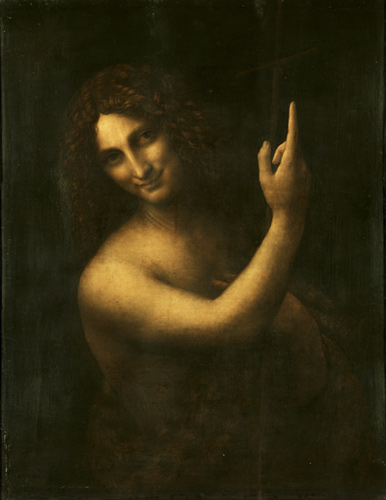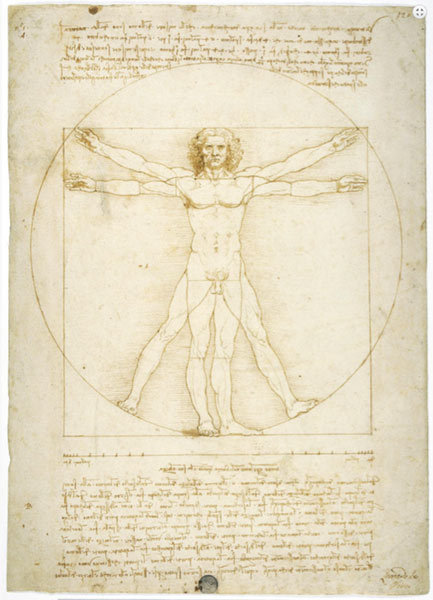The largest exhibition of Leonardo da Vinci ever organized in Italy continues to inspire in the waning days of its magnificent four-month run.
Highlighting Da Vinci’s ability to combine scientific thought with creative talent, art, and technology, the Palazzo Reale in Milan has brought together the largest exhibition of the artist’s paintings, drawings, sculptures, and manuscripts ever assembled in Italy. Included is arguably the most famous drawing in the world: “The Vitruvian Man.” This drawing, which displays a nude male with four arms and legs inscribed within a circle and square, has long symbolized Renaissance ideology. Completing it in 1490, Da Vinci sought to create the perfect human form based on ideal proportion and the “golden ratio” (1.618). The drawing is rarely shown in public or even loaned by the Gallerie dell’Accademia in Venice.

Also featured in the exhibition are three masterpieces from Paris’s Musée du Louvre: “St. John the Baptist,” “The Annunciation,” and “La Belle Ferronniére” — all of which have recently been restored.
“Leonardo Da Vinci” opened on April 15 and will be on view until July 19.
To learn more, visit Palazzo Reale.
This article was featured in Fine Art Today, a weekly e-newsletter from Fine Art Connoisseur magazine. To start receiving Fine Art Today for free, click here.







